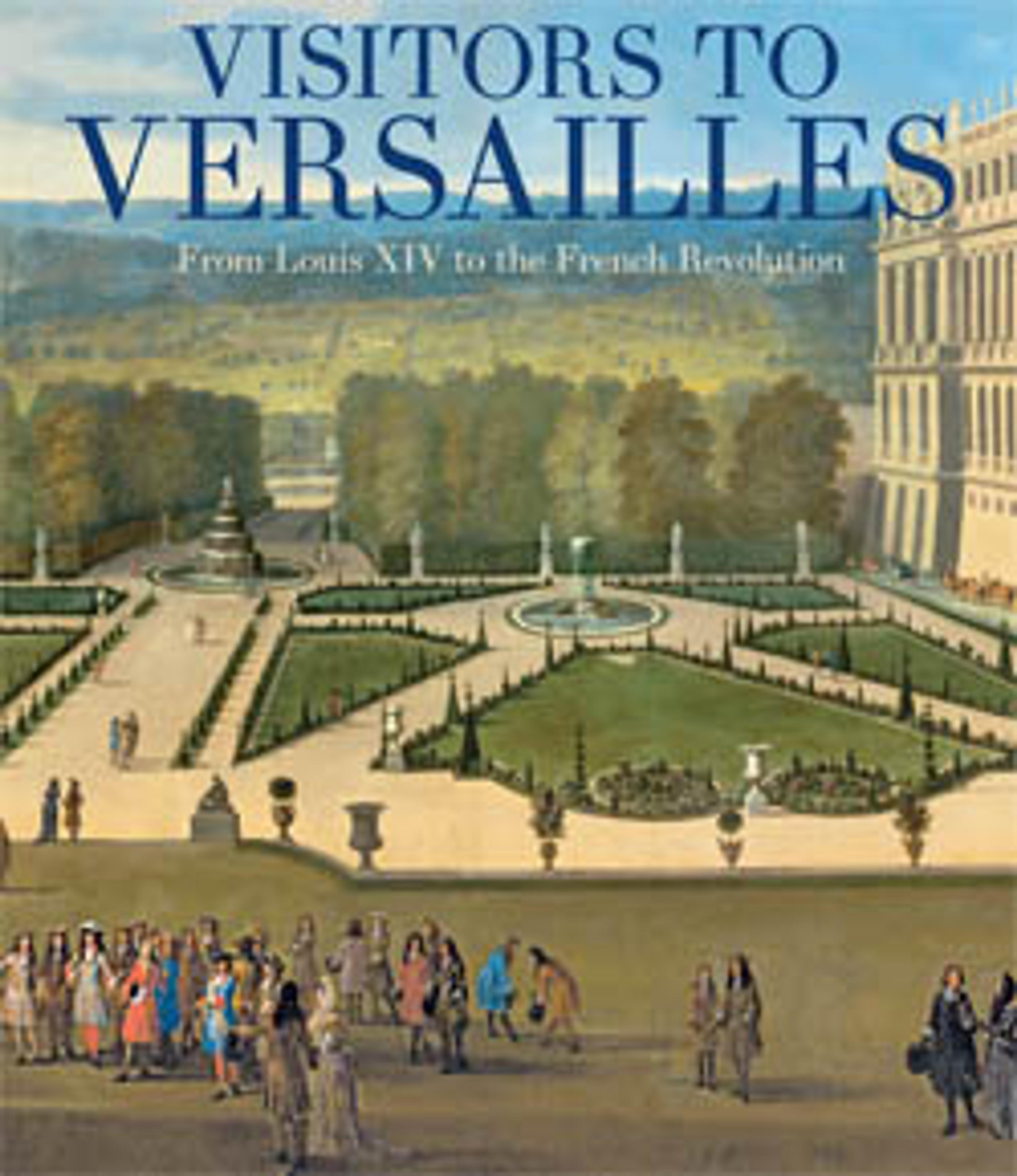Barometer-thermometer (baromètre et thermomètre)
The scenes displayed on the Sèvres porcelain plaques of this instrument were inspired by a rare astronomical event that occurred twice during the eighteenth century. The second transit of the planet Venus across the sun took place on June 3, 1769, and was observed by the French court from the terraces of the Château de Saint-Hubert. Louis XV himself explained the phenomenon to Madame du Barry, lending her his telescope. This public display of favor did not go unnoticed and was quickly immortalized in a popular poem. Later that same year, on December 20, 1769, Madame du Barry acquired from the dealer Simon-Philippe Poirier a barometer and thermometer made by Claude-Siméon Passemant, engineer to the king. Mounted with Sèvres porcelain and gilt bronze, that piece is believed to be the one in the Museum’s collection. Not only is the porcelain marked on the back with the date letter Q, for 1769, but also one of the plaques is inscribed “Passage de Venus sur le disque du [soleil ] Juin 1769.”
Madame du Barry appears to have kept the instrument as a souvenir of her triumph at Versailles. It may have been seen there by Henry Swinburne (1743–1803), who described visiting Du Barry’s rooms tucked away above the apartment of the king on April 30, 1774, shortly before the latter's death: "We climbed up a dark winding staircase, which I should have suspected would have led to an apartment of the Bastile [sic], rather than to the temple of love and elegance. In a low entresol we found the favourite sultana in her morning gown . . . and her hair undressed; she was very gracious, and chatted a good deal."[1] Several days later, as the king lay dying, Madame du Barry left Versailles and ultimately retired to her pavilion at Louveciennes. The barometer was sent there as well, as it was listed among the group of her possessions that were confiscated and returned to Paris after she was executed in 1793, a victim of the Terror.
[Daniëlle Kisluk-Grosheide, 2010]
Footnotes:
1. Henry Swinburne to Edward Swinburne, April 30, 1774, in Swinburne 1774/1803/1900, vol. 1, p. 12.
Madame du Barry appears to have kept the instrument as a souvenir of her triumph at Versailles. It may have been seen there by Henry Swinburne (1743–1803), who described visiting Du Barry’s rooms tucked away above the apartment of the king on April 30, 1774, shortly before the latter's death: "We climbed up a dark winding staircase, which I should have suspected would have led to an apartment of the Bastile [sic], rather than to the temple of love and elegance. In a low entresol we found the favourite sultana in her morning gown . . . and her hair undressed; she was very gracious, and chatted a good deal."[1] Several days later, as the king lay dying, Madame du Barry left Versailles and ultimately retired to her pavilion at Louveciennes. The barometer was sent there as well, as it was listed among the group of her possessions that were confiscated and returned to Paris after she was executed in 1793, a victim of the Terror.
[Daniëlle Kisluk-Grosheide, 2010]
Footnotes:
1. Henry Swinburne to Edward Swinburne, April 30, 1774, in Swinburne 1774/1803/1900, vol. 1, p. 12.
Artwork Details
- Title: Barometer-thermometer (baromètre et thermomètre)
- Maker: Claude-Siméon Passemant (1702–1769)
- Artist: Porcelain plaques by Sèvres Manufactory (French, 1740–present)
- Date: 1769
- Culture: French
- Medium: Oak, gilt-bronze, glass, enamel, and soft-paste porcelain
- Dimensions: Overall: 40 1/2 × 11 × 3 3/8 in. (102.9 × 27.9 × 8.6 cm)
- Classification: Horology
- Credit Line: Gift of Samuel H. Kress Foundation, 1958
- Object Number: 58.75.59
- Curatorial Department: European Sculpture and Decorative Arts
More Artwork
Research Resources
The Met provides unparalleled resources for research and welcomes an international community of students and scholars. The Met's Open Access API is where creators and researchers can connect to the The Met collection. Open Access data and public domain images are available for unrestricted commercial and noncommercial use without permission or fee.
To request images under copyright and other restrictions, please use this Image Request form.
Feedback
We continue to research and examine historical and cultural context for objects in The Met collection. If you have comments or questions about this object record, please complete and submit this form. The Museum looks forward to receiving your comments.
